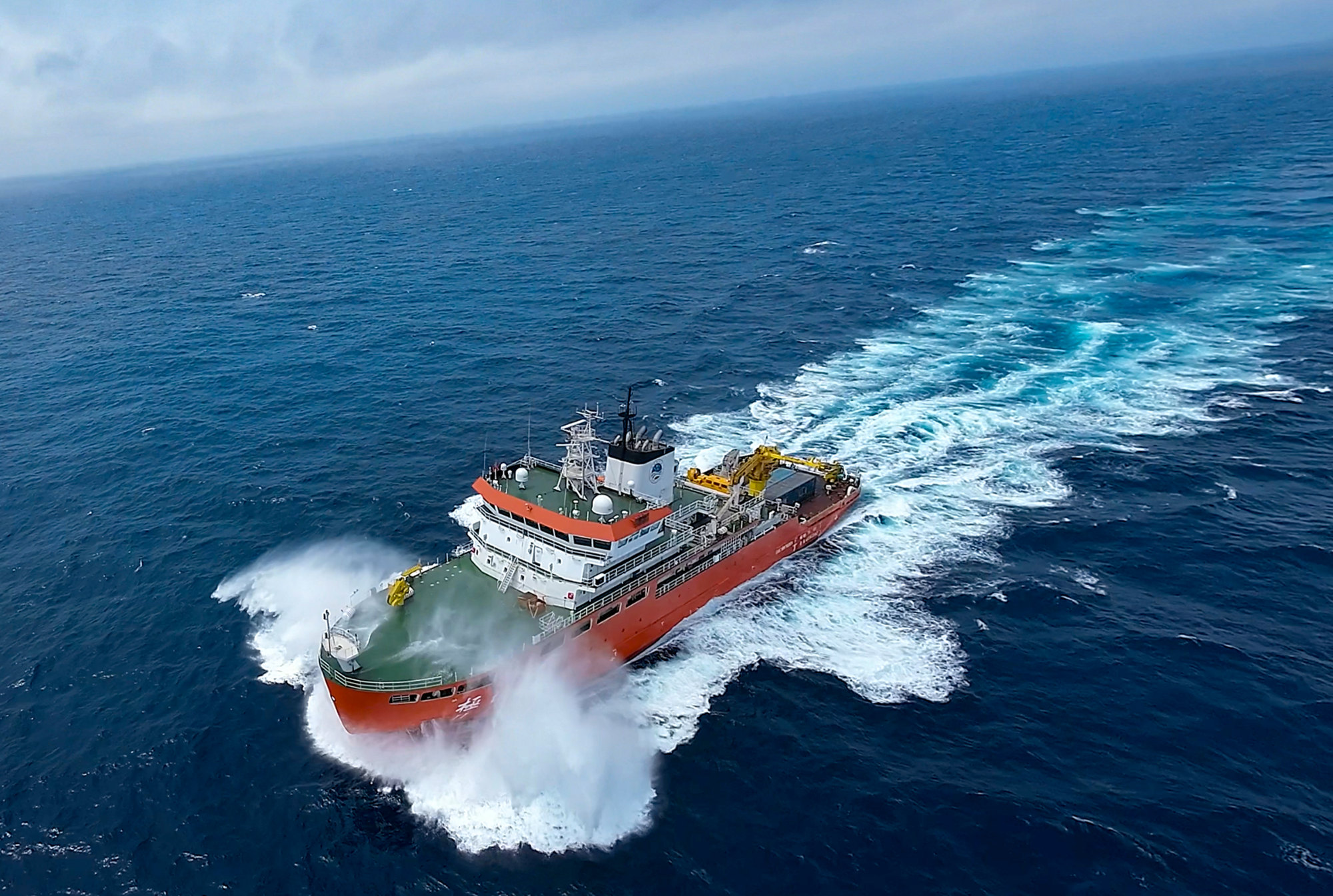The vessel will be used to conduct polar and deep-sea surveys over summer months, Cai said. It would also help improve China’s marine disaster prevention and mitigation capabilities, CCTV reported.
The boat first debuted at the Guangzhou Shipyard in December and has since completed construction and undergone testing.
Zhang Fumin, China State Shipbuilding Corporation’s chief designer, told CCTV in January that the vessel would be “beneficial” to the development of China’s polar, deep-sea and long-distance marine science and technology.

Jidi has a displacement of 5,600 tonnes, is 17.8 metres wide and 89 metres long – the length of three basketball courts.
With a range of 26,000km (16,155 miles), the ship can remain at sea with a crew of up to 60 for as long as 80 days. The Jidi can carry drones, unmanned ships, underwater autonomous robots and other equipment used in deep polar seabed exploration.
Jidi’s “integrated research capability” means it is equipped to conduct research in the air, space, sea, ice and submersible areas with the help of China’s satellite network system.
It is also able to simultaneously complete multidisciplinary comprehensive scientific expedition tasks, including gathering atmospheric, geophysics and sea ice data, as well as collecting information from bodies of water.